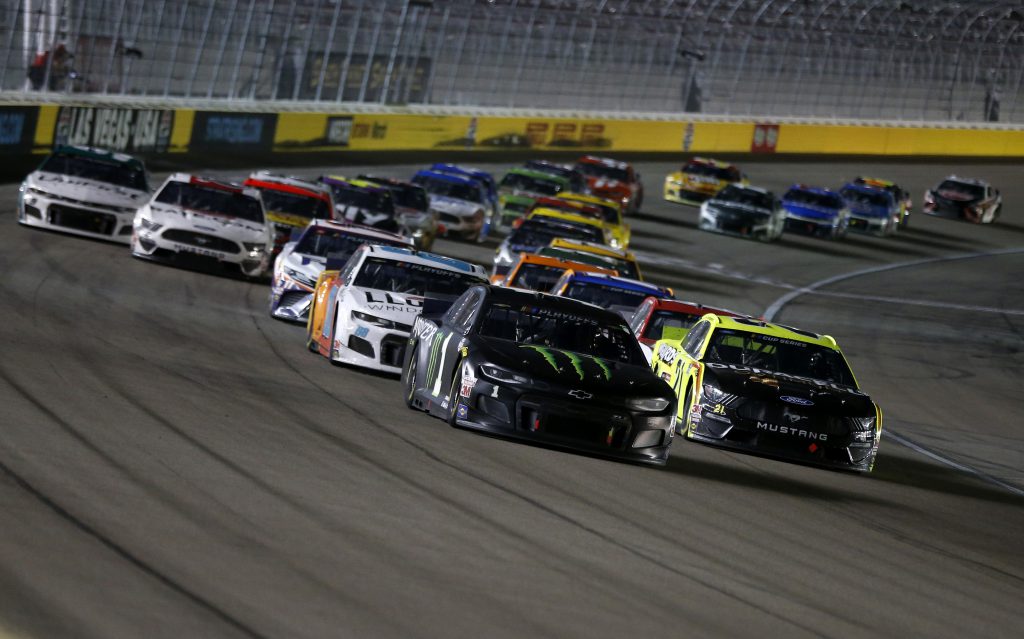NASCAR became a somewhat unlikely motorsport leader in the fight for equality earlier this season as it backed Bubba Wallace’s social justice campaigns and did something even the United States government hasn’t succeeded in – banning the Confederate flag from its venues.
But now NASCAR has taken that one step further and is showing how its blend of tradition and futuristic thinking can affect on-track activity, with its biggest calendar shake-up since the 1960s!
No fewer than six road course races appear on the schedule for 2021 with the addition of the Circuit of the Americas and a July 4 spectacular at Road America, while a dirt race at Bristol has been met with mixed reviews by fans.
There are lessons to be learned for every motorsport championship out there from NASCAR’s approach, in what is set to be its most unorthodox season yet.
2021 changes in brief:
- New tracks COTA, Road America, Nashville added
- First dirt race since 1970, at Bristol
- Daytona 500 prelim race known as the Clash swaps from oval to Daytona’s road course
- All-Star race moves to Texas from Charlotte
- Homestead moves to second race to give fans an extra week in Florida
- Indianapolis Brickyard 400 moves to road course from the oval for the first time
- Darlington gets two races after hosting NASCAR’s return in 2020, Atlanta also gets two races
- Dover and Michigan drop from two races to one
- Chicagoland, Kentucky drop off the calendar
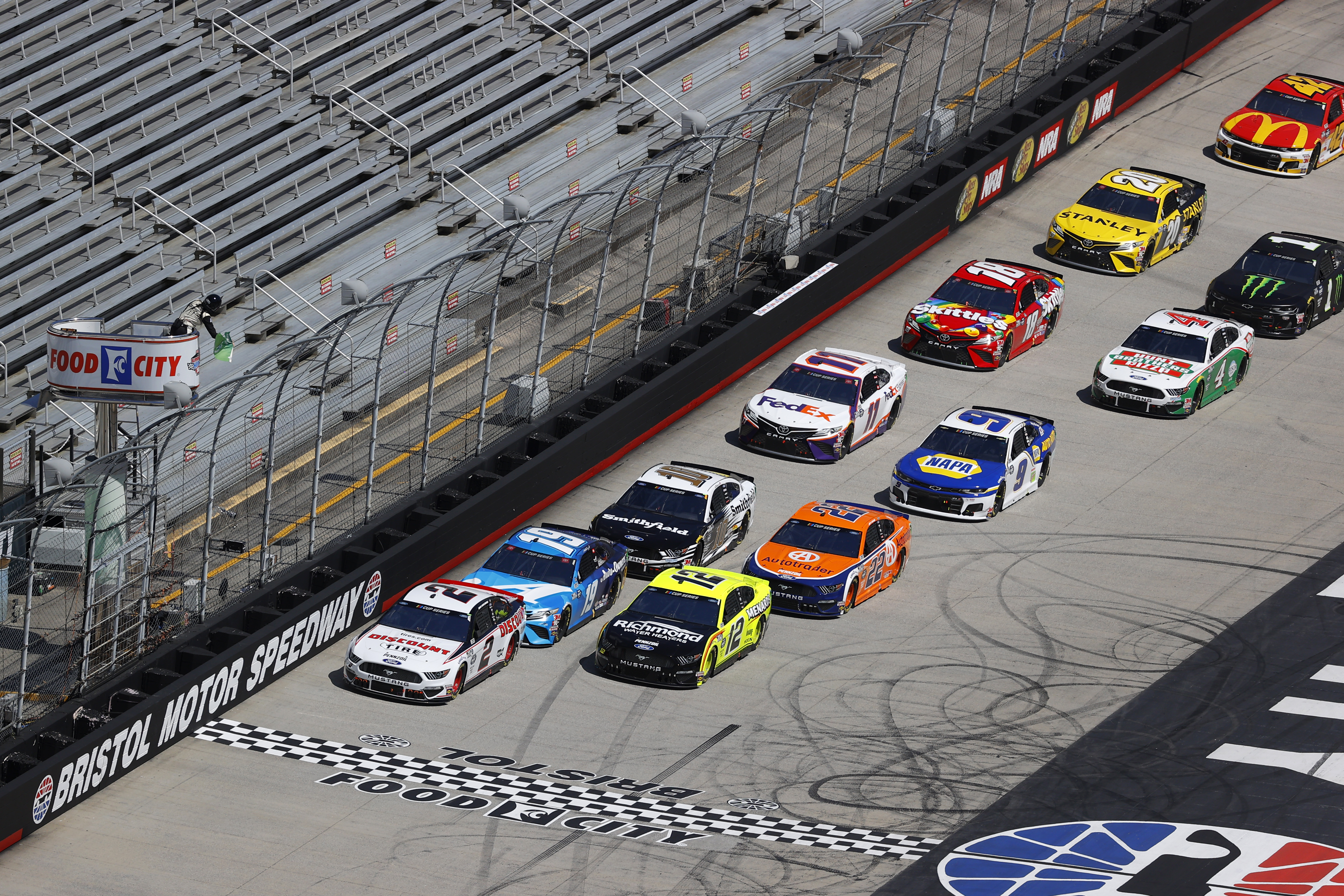
How COVID accelerated NASCAR’s quest for change
NASCAR was already planning a calendar shake-up for 2021 after much of the same for a long period of time, and with deals expiring with some circuits it had the perfect opportunity.
However, the coronavirus pandemic forced its hand early and it had to get inventive with its 2020 calendar – which has featured endless changes, repeat races at some circuits, mid-week races, and more as it became the first major motorsport series to return in May following lengthy lockdowns and a brilliant iRacing-based Pro Invitational Series that was one of the stars of the esports boom.
But instead of squabbling for a return to normality for 2021 after this year’s ‘tear it up and start over again’ calendar, NASCAR’s actually accelerated its bid for change.
Perhaps a good example of showing how NASCAR is leading the way here would be with Formula 1. Obviously, it has had to shake things up this year, and it had the perfect opportunity to attempt reverse-grid races which have been oft-discussed. However, the teams are in opposition and F1 appears powerless to make it happen. A huge opportunity missed to try something new.
NASCAR has not gone back to tradition in fear of fan outcry or difficulty, it’s just got on with it.
“When you look at 2020, we had a really small group of people that was led by Ben [Kennedy, NASCAR Vice President], it was Ben Baker from our broadcast team, Scott Miller, really to find out how the heck do we get back racing in 2020, where can we race, what are the facilities that would even open up,” said NASCAR Executive Vice President Steve O’Donnell.
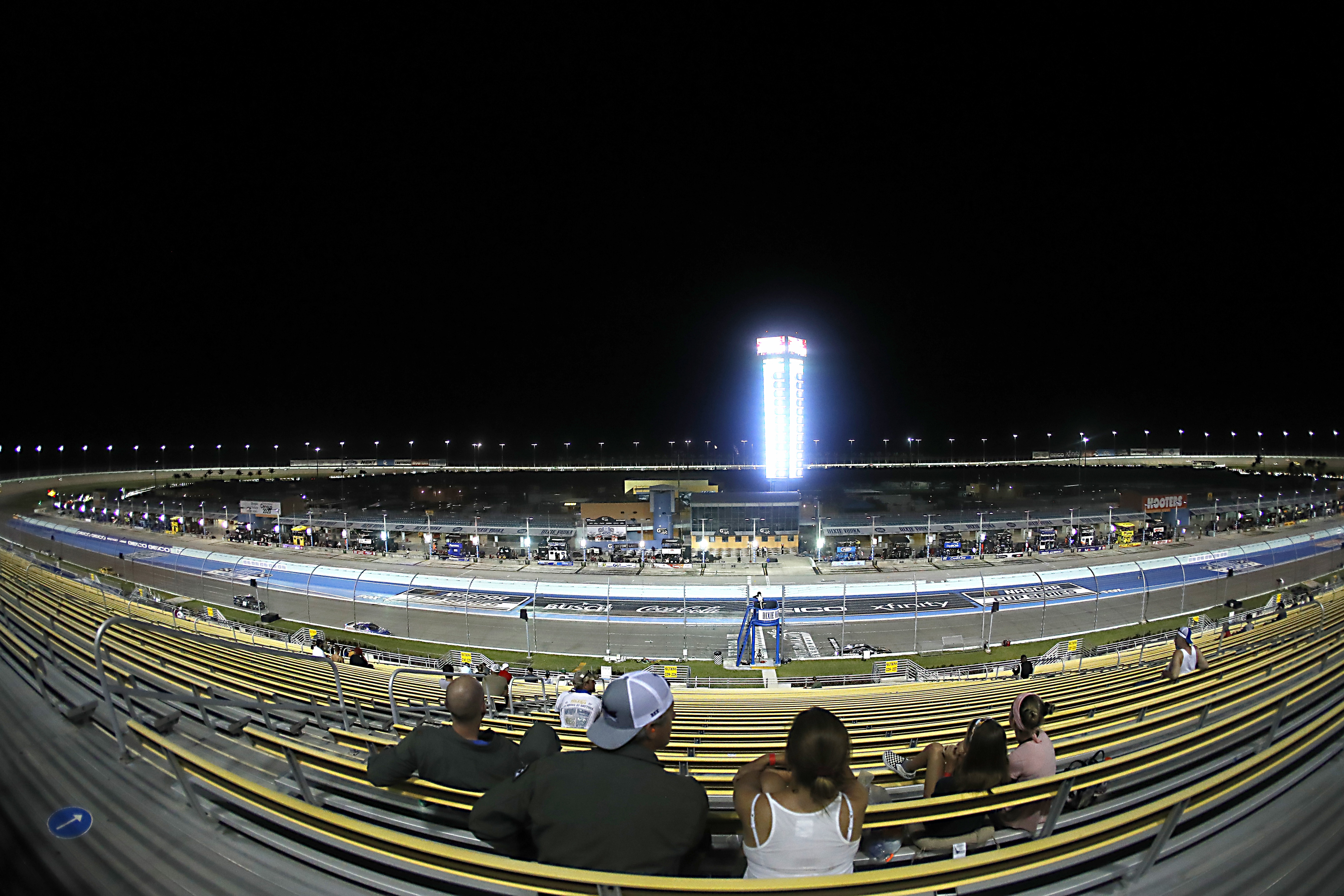
“That process allowed us to not only think outside of the box in 2020, but have Ben push the group on if this potentially works for this year, why not next year, beyond? Why couldn’t you go to Darlington twice? Everybody seems to love it, close by, our fans love it.
“Small example, Miami, right? Man, we’re racing at Miami, terrific. Okay, what if we moved it to the second race? Pretty good momentum when you go from the 500 to what you know will be a good race in Miami.
“It really helped us kind of spur those discussions. The biggest thing it did, probably some of these decisions would have been made for 2024, 2025. It was, ‘let’s go, do some things now, be bold, let’s learn along the way’.
“But we think we ended up in a really good place.”
In isolation, people may have reacted badly to the odd race. But it’s hard not to get excited about the variety NASCAR is offering up in 2021, at a time when it could have stuck much closer to what it knew.
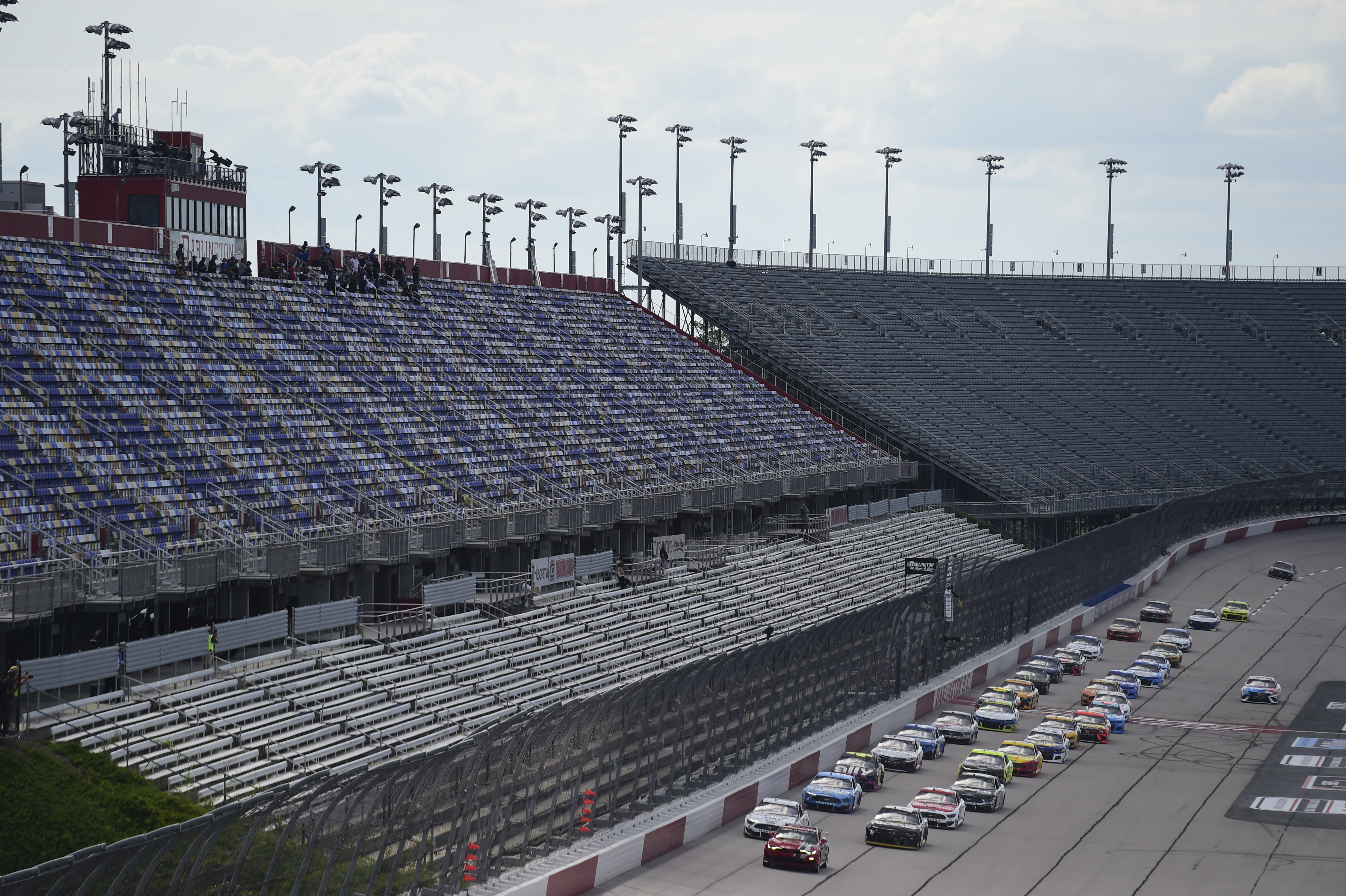
Continuing radical ideas
Eyebrows were raised when NASCAR returned with three races at Darlington in May as the coronavirus swept around the globe. I wrote at the time and still maintain it was too soon to return from a health standpoint, but NASCAR executed the return brilliantly and laid the foundations for other sports to return, gaining new fans from those paused sports in the process.
You could say the second eyebrow was raised when the series announced that drivers’ first lap at Darlington would also be the first of the race!
No practice or qualifying – it’s a format that was obviously borne out of reducing time at the track for teams and personnel. But it could easily have re-introduced practice and qualifying later this season but didn’t as fans and a majority of drivers liked the racing it created, the unpredictability. This peaked when it introduced the Daytona road course to the calendar for the first time ever earlier this year, and still forwent practice and qualifying. iRacing was the only way for the drivers to get a lap on this new track before the race!
Again, NASCAR will defy tradition by maintaining this strategy at most races in 2021. In fact, only the season finale, the new tracks and the Daytona 500 will have practice and qualifying for next season. It adds a brilliant dimension of watching teams and drivers optimise their package as quickly as possible before reaching the track and during the race. Another idea F1 should get on board with – at least, getting rid of practice…
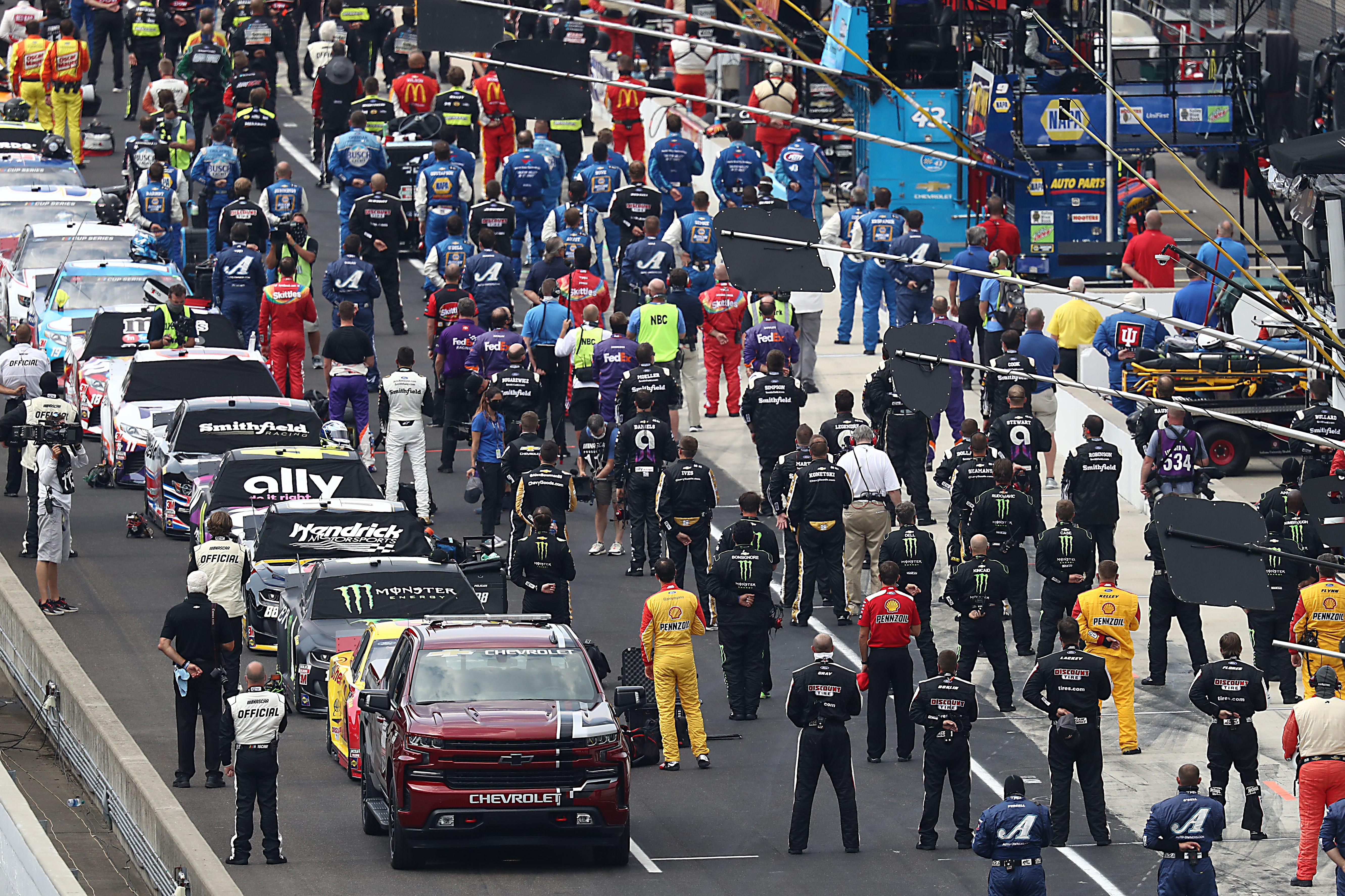
Losing the Brickyard oval shows innovation over tradition…
Since 1994, NASCAR has held the Brickyard 400 on the oval. It’s one the NASCAR drivers love as it’s an opportunity to do the stock car version of the Indy 500 and it has become one of the most prestigious events on the calendar.
However, despite the love of many drivers, NASCAR has switched it to the road course, where the Xfinity Series delivered a phenomenal, door-bashing event on Independence Day weekend in collaboration with IndyCar.
Despite the prestige of the oval event of the past, it has often produced dull races. NASCAR has moved to address that in one of its biggest tests of bypassing tradition to mix things up.
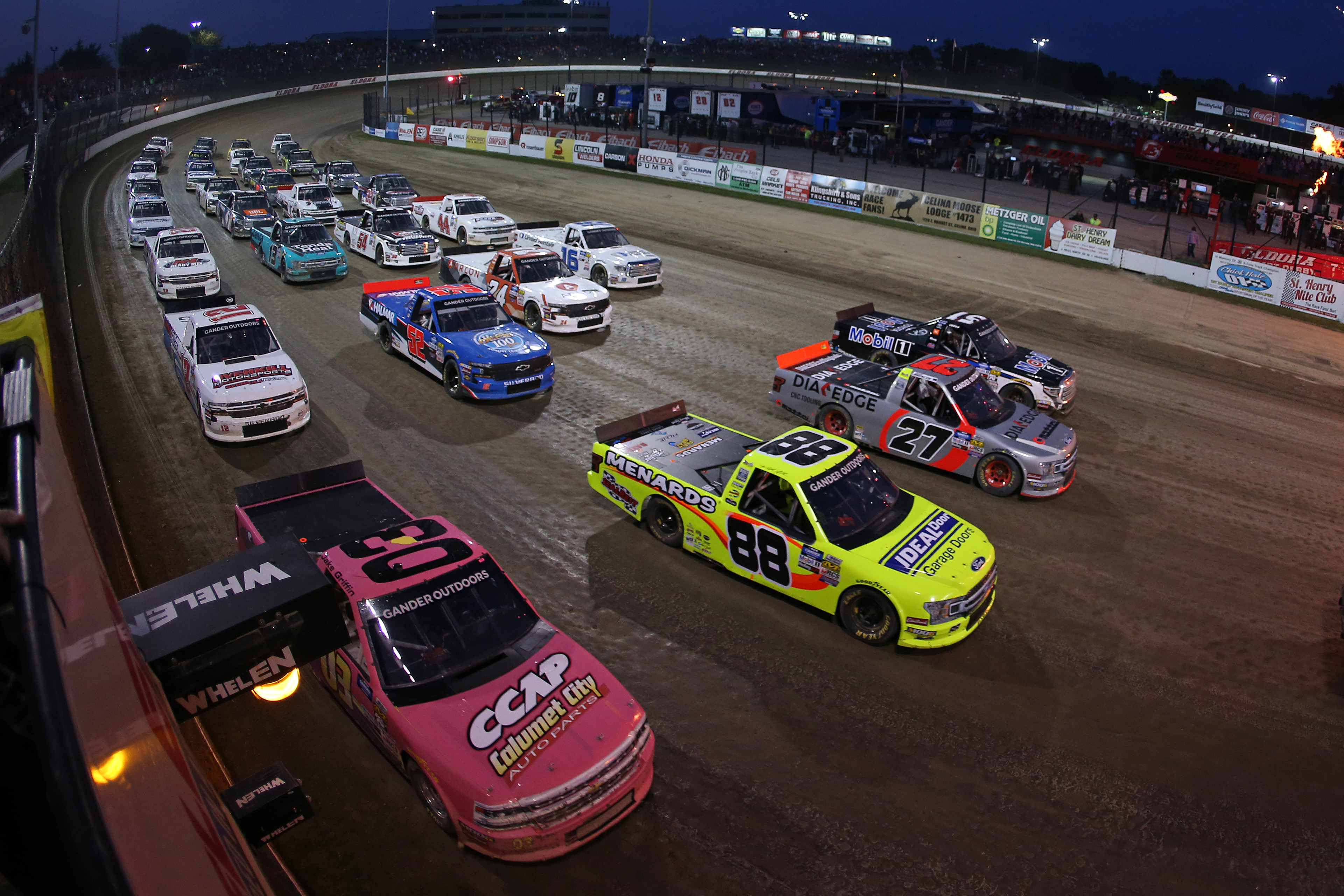
…but dirt racing is a hark back to its roots
There’s little to link NASCAR between now and 1970. Gone is the design freedom of the cars connecting back to its moonshine roots, and it’s also moved away from what was a fundamentally racist period of American history to thrust itself to the forefront in fighting for the rights of minorities in 2020.
However, it hasn’t totally disconnected from its traditions, and a bizarre return to dirt racing – for the first time since North Carolina 40 years ago – is arguably the most hair-brained of the 2021 changes.
Many of the drivers still graduate through grassroots short-track dirt racing to reach NASCAR, but that route is less popular than it once was and there’s Cup Series drivers who have never raced on dirt. At least NASCAR’s recent experiment with a dirt race in its third-tier Truck Series means some drivers and the series have some relevant experience.
Then there’s the expense and brainpower that’s going to need to go into making a car package suitable for a dirt race and a format that suits NASCAR fans and dirt racing fans alike. The unpredictability is palpable and while it might not be to everyone’s taste, it’s another thing NASCAR will roll the dice on. What’s the worst-case scenario after all? It’s rubbish? Fine, don’t do it again next year. Simple!
The 2021 calendar is far from sorted with many format questions to answer, and the small matter of the fact that the coronavirus doesn’t really abide by racing seasons and will continue to affect things long after this year.
However, the series has also acknowledged that this is not a fixed process and that this isn’t the calendar for years to come. It’s merely the beginning.
“The primary goal for us was to continue to evolve the schedule, to continue to build it, to continue to listen to the fans,” said O’Donnell. “We believe 2021 is a really bold step in that direction, but we’re not done.
“There’s 2022 and beyond where we’ll continue to look at making changes that we believe are in the best interest of the sport in key markets and key iconic racetracks as well.
“We’re going to continue the journey.”

